18 August 1928 – 7 August 2022
Ian Charleson Hedge, who passed away peacefully last month at the age of 93, was an exceptional botanist and long-time lynchpin of RBGE’s Southwest Asian programme. In a career stretching a remarkable seven decades, he made huge contributions to the taxonomy of Apiaceae, Brassicaceae and Lamiaceae, and to the floras of Afghanistan, Cyprus, Iran, Iraq, Pakistan, Turkey, and even Madagascar and Thailand. He is remembered as a generous collaborator with a huge network of contacts and many graduate students and, perhaps, as one of the last of the ‘old school’ of botanists who fondly remembered the Garden of the early post-war years, whilst continuing to play an important part in taxonomy into the era of genetics and genomics.
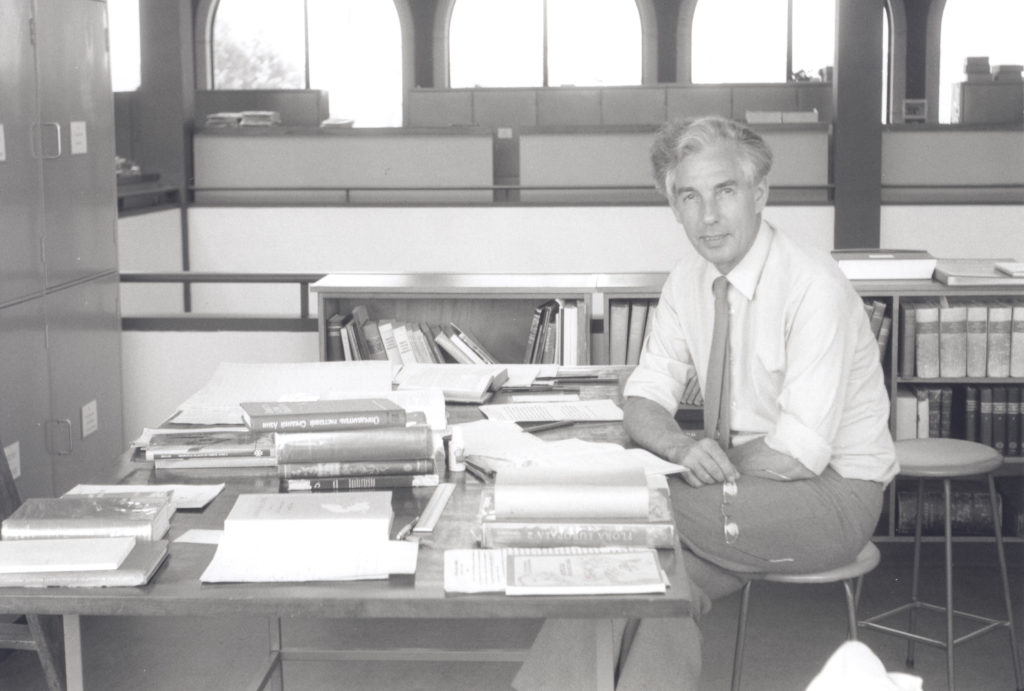
Ian came to RBGE in 1951. After just three months he was called up to National Service with the Intelligence Corps in Austria. In an unpublished set of personal reflections, Ian recalled of that time, “[The] then Deputy Regius Keeper thought … that I should volunteer for Korea as we had a few specimens from there; I didn’t!”
On his return two years later, Ian found that the priority for the Garden’s science staff was to “get the collections into good curatorial accessible order,” rather than to conduct research or publish papers. While this may have been frustrating, Ian and his contemporaries laid the groundwork for the world-leading Herbarium Collection RBGE boasts today, determining specimens in line with the most up-to-date monographs and floras, and organising them into numbered geographical areas. This was no easy task with the Collection spread across seven separate buildings around the Edinburgh site, several of them wooden huts kept warm by coal-fired stoves!
In 1957 Ian spent many months in Turkey, working with Edinburgh University’s Peter Davis (1918-1992), creator of the Flora of Turkey and the East Aegean Islands, and in Ian’s own words, “initiator of all our Southwest Asia work”. Together they made c. 6,000 collections which, with those from Davis and colleagues’ other trips to Turkey throughout the 1950s, led RBGE to hold one of the largest and best collections of Turkish specimens in the world.
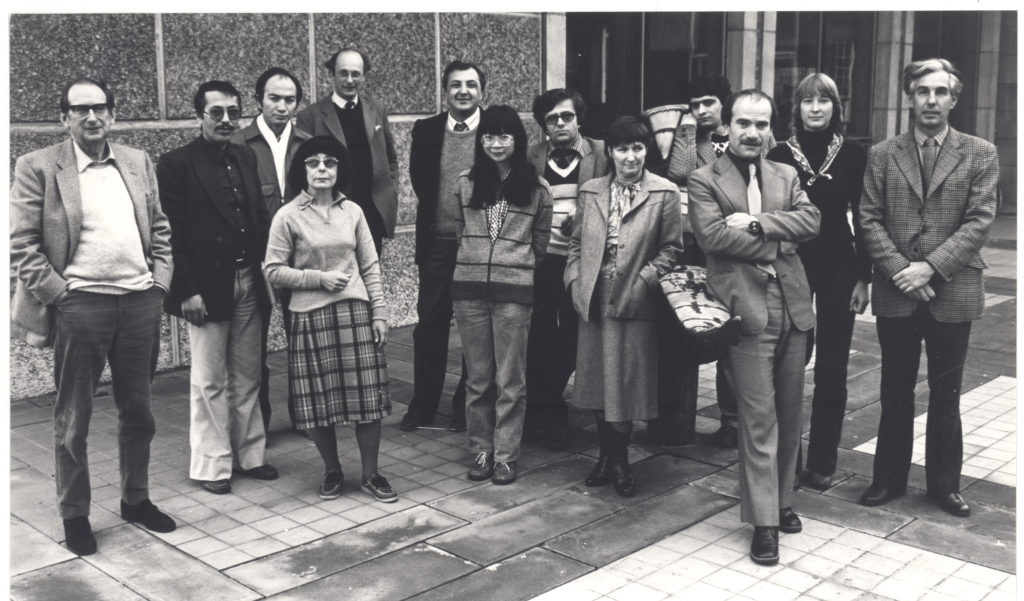
The Garden of the 1950s was a tight-knit community – “a family” – says Marisa Main, enjoying tennis, golf and cricket together (including, Marisa recalls, “golf practice” between some of those huts in the Garden itself), partaking in many “convivial” tea breaks, and celebrating not only the birthdays of staff but those of any famous figures that came to mind. According to Jennifer Woods (then Jennifer Lamond), this was a group that would jump on “any excuse or none” for a party!
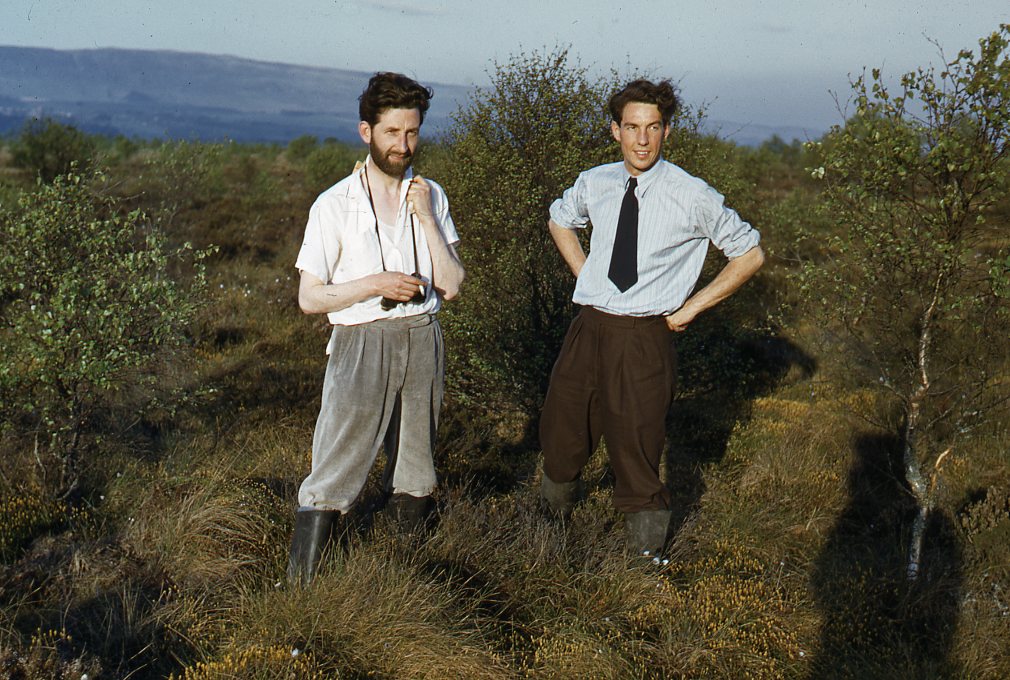
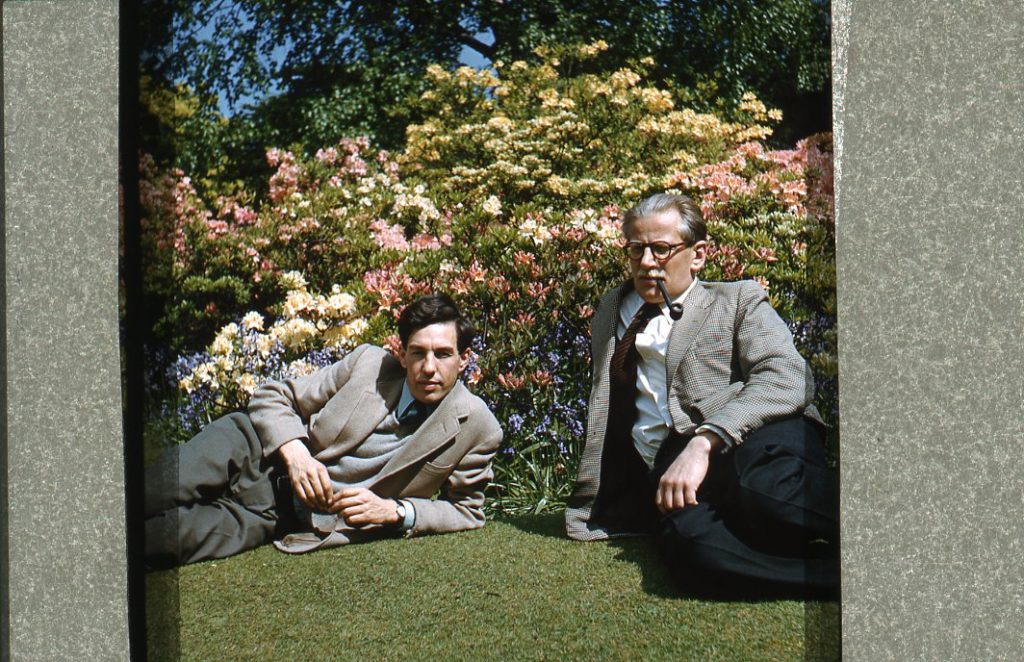
In the 1960s, Ian helped manage the logistical challenge of transferring the Garden’s 1.5 million disparate Herbarium Collections to their present-day home in the new purpose-built Herbarium and Library on Inverleith Row, in time not only for the 1964 International Botanical Congress, but also for Her Majesty the Queen to open the building. Jennifer remembers that the herbarium cabinets were all carefully numbered, transported from their various locales around the Garden, then lifted by crane through the window of the first floor new herbarium, which had to be completely removed for the purpose.
Also in the 1960s Ian, along with RBGE’s Les Bisset, Andrew Grierson and Andrew Lauener, took on the lease of Larachmhor Garden in Lochaber, to which they had taken a fancy, for a rent of just £12 per year. Despite being 170 miles from Edinburgh, the team – with many volunteer helpers from RBGE – maintained this ‘wild woodland’ garden until 1978, and links with the Botanics continued for many years after. More information about the Larachmhor connection can be found here.
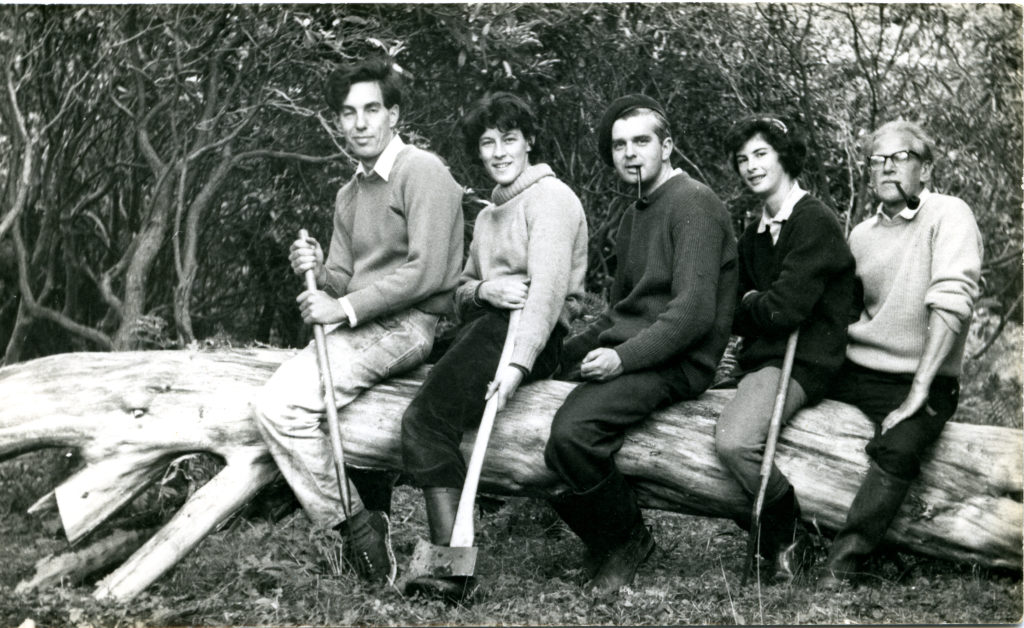
Through the 1960s onwards, Ian and colleagues broadened RBGE’s Central and Southwest Asian collections and research outwards from Turkey to encompass Afghanistan, Iran, Pakistan and elsewhere – areas RBGE’s Centre for Middle Eastern Plants continues to focus on today. Ian collected in Afghanistan with Norwegian botanist Per Wendelbo (1927-1981), who named one species – Scrophularia landroveri – after the trusty four-wheel-drive vehicle in which they travelled (for more on this see another Botanics Story). Ian was clearly enchanted by the landscapes and plants of this troubled country, as he recounts in this video, from the 2017 Herbarium Crucible project.
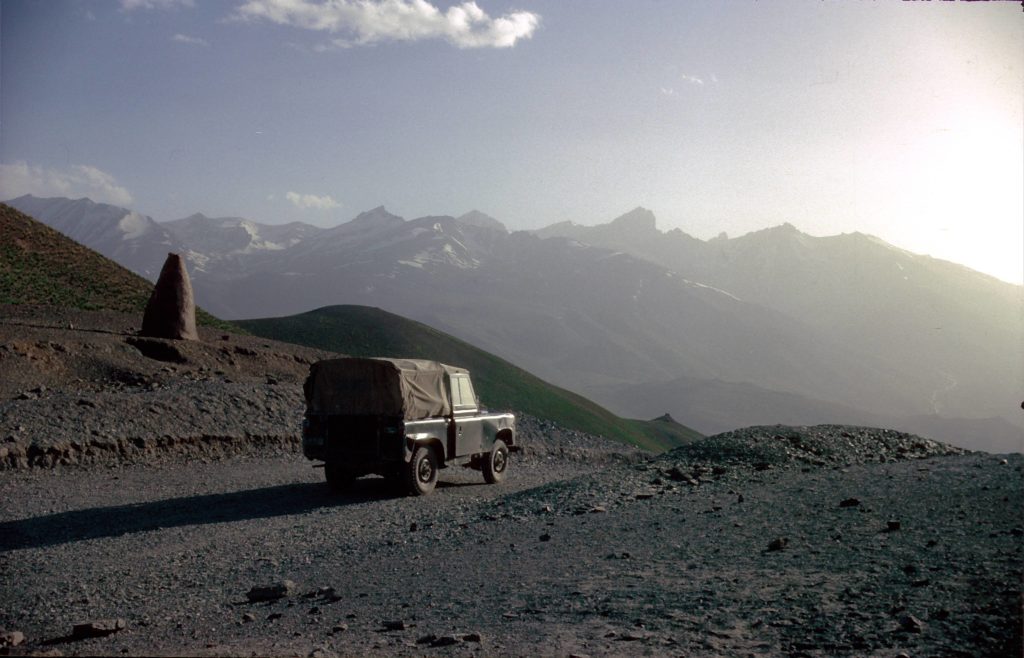
In the late 1960s Ian took on two important, and often underappreciated, roles at RBGE: he edited the Garden’s journal, Notes from the Royal Botanic Garden Edinburgh (now Edinburgh Journal of Botany) for a decade from 1967-1977, and was Curator of the Herbarium for twenty years to 1988, when he stepped down to focus back on research.
Despite retiring in 1992, that research barely slowed. A world authority on Salvia, Ian published articles on the genus spanning more than half a century between 1957 and 2010. In the 2000s he worked closely with Fatima Sales of the University of Coimbra on the flora of Portugal, focusing on Campanulaceae, and as recently as 2021 he contributed to the Flora of Madagascar and the Comoro Islands. Also in this nominal ‘retirement’ he committed many hours to organising the Library slide collection, leaving it in a considerably more user-friendly state than prior to his intervention.
Ian never shied away from politics. Having in 2010 co-edited the 870-page bilingual Field Guide Afghanistan – Flora and Vegetation, the country’s first pictorial field guide, in 2012 he launched a campaign with the help of the BBC to release more than 4,000 copies of the book which had been detained at customs in Karachi for nearly a year, to their end-users in Afghanistan’s educational institutions and environmental groups. Two months later, the books reached their final destinations.
I personally grew to know Ian, as an inexperienced newcomer to RBGE, through his dedicated work with the Sibbald Trust – a fund supporting a diverse array of botanists and botanical projects. He was always keen to know what the younger generation of botanists were up to, to support us, and share a joke with us.
In total, Ian named almost 300 plant species new to science. Another twenty or so taxa are named in his honour, including the genus Ianhedgea in the Brassicaceae, published in 1999 by Al-Shehbaz & O’Kane. Regius Keeper Simon Milne said, “We have lost a great botanist, a dear friend, wonderful inspirator and outstanding ambassador … he has left a huge legacy, many friends, and a void at RBGE.”
Ian is survived by his wife, Margaret, and nephews Graham and Alan Russell.
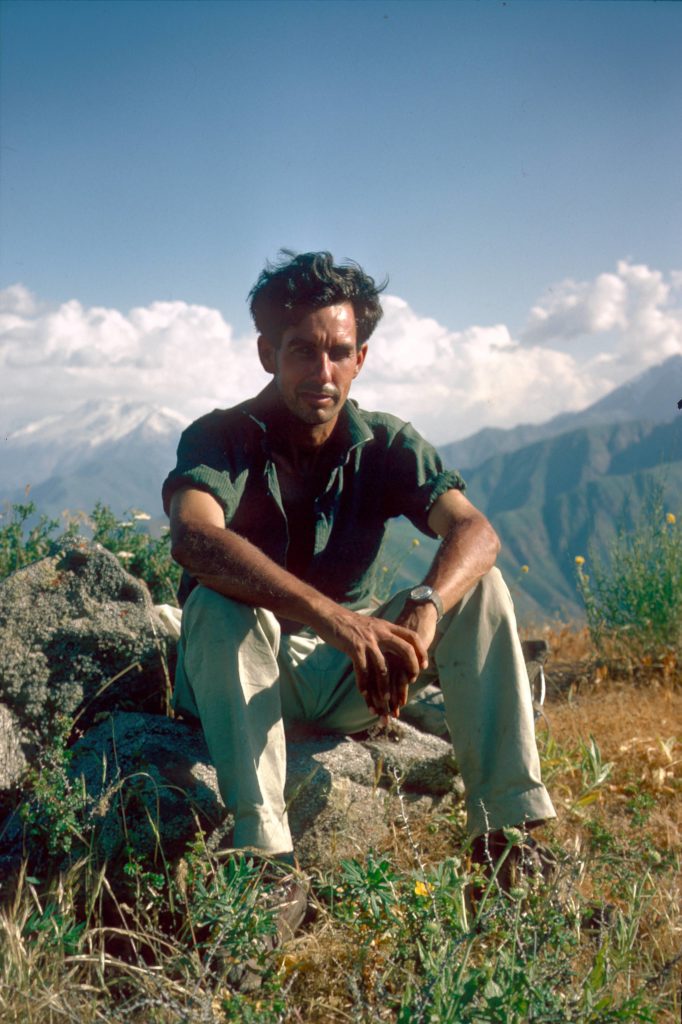
With grateful thanks to John and Marisa Main, Jennifer Woods and many other Botanics’ staff past and present. This post features only a few, scattered memories of Ian’s time at RBGE; formal obituaries are to appear in The Scotsman and Edinburgh Journal of Botany.
A small family funeral is to be held at 1030 on Tuesday 6 September in the Cloisters chapel at Warriston Crematorium. Those who worked with Ian are welcome to attend.
